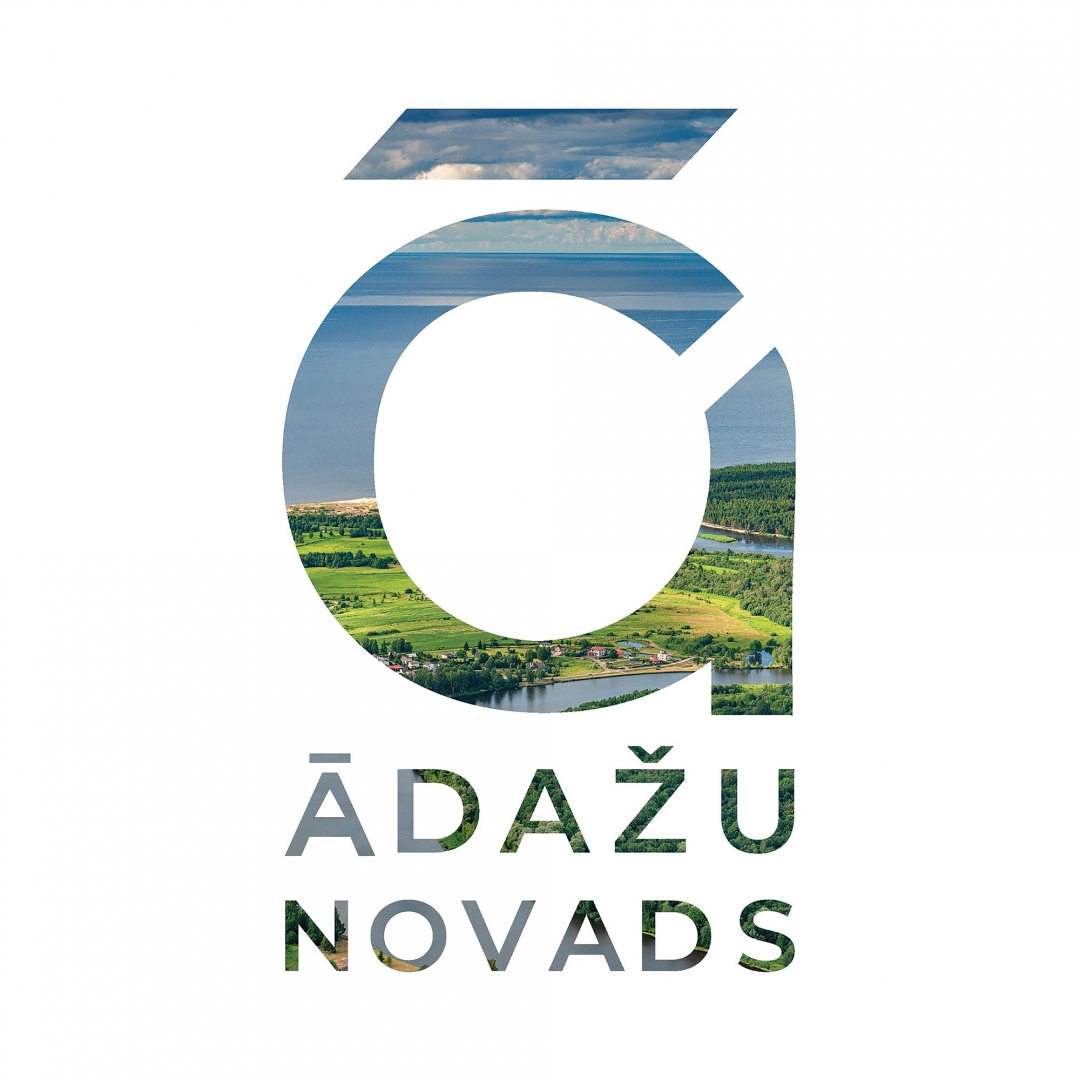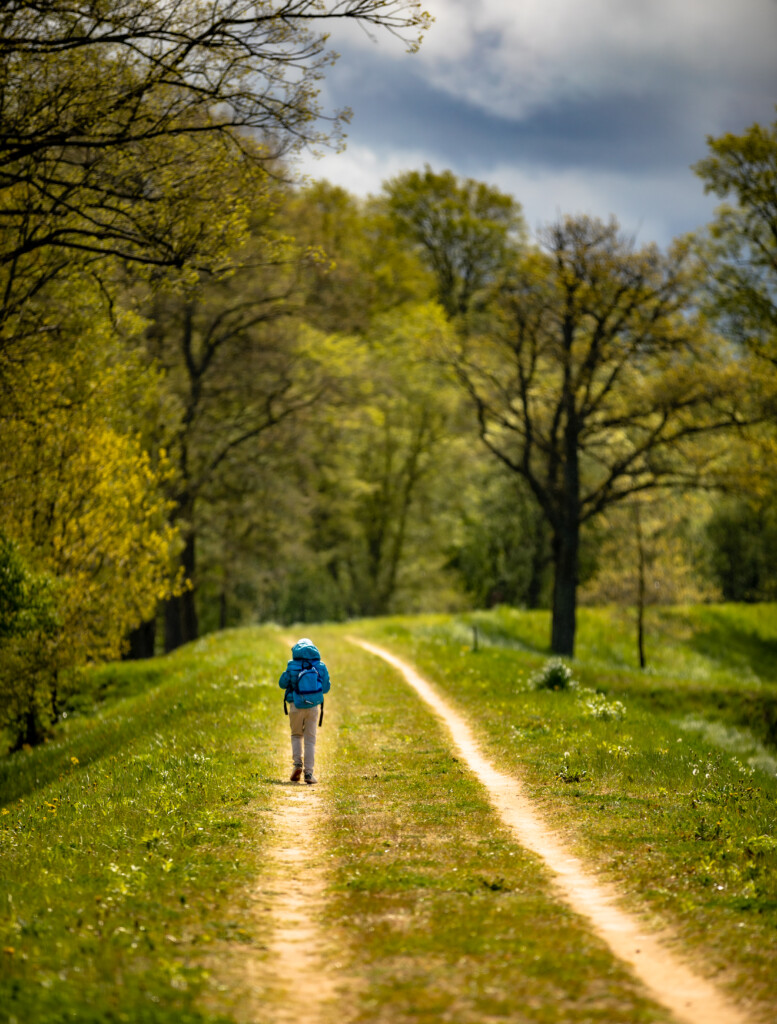
Adazi City

Ādaži Town, which gained town status in 2022, is the administrative center of the municipality with a population of 7,500, located just 21.6 km from Riga. It offers a perfect balance between nature, culture, and active leisure.
The town is situated along the Gauja River and surrounded by picturesque forest areas, making it ideal for walking, cycling, and water activities. Ādaži is also known for its gastronomy — local bread and smoked delicacies are popular among visitors.
Cultural events take place throughout the town, which offers a variety of entertainment options for families as well as adventure seekers. With its green environment and excellent infrastructure, Ādaži is an attractive place for both living and tourism.
History of Ādaži Town
The first people settled in the Ādaži area around 8,000 years ago. Although their exact ethnic origins are unknown, later the region was inhabited by Baltic tribes who interacted with Finno-Ugric peoples. Ādaži’s historical roots trace back to the Middle Ages, when in the 13th century the Ādaži castle district was established, becoming one of the earliest administrative units in the area.
Historical sources indicate that Ādaži was an important site during the time of the Livonian Order, when mills and later a castle serving as a fortress were built here. By 1209, the New Mill already existed in Ādaži, controlling the road to Riga. The town’s name derives from the Livonian word “ādõz,” meaning “narrow” — a reference to its geographical location between three lakes.
In the following centuries, the population of Ādaži grew and evolved, especially in the 19th and 20th centuries, when the modern town center took shape. To this day, Ādaži retains its historical charm while emerging as a dynamic and developed town.

